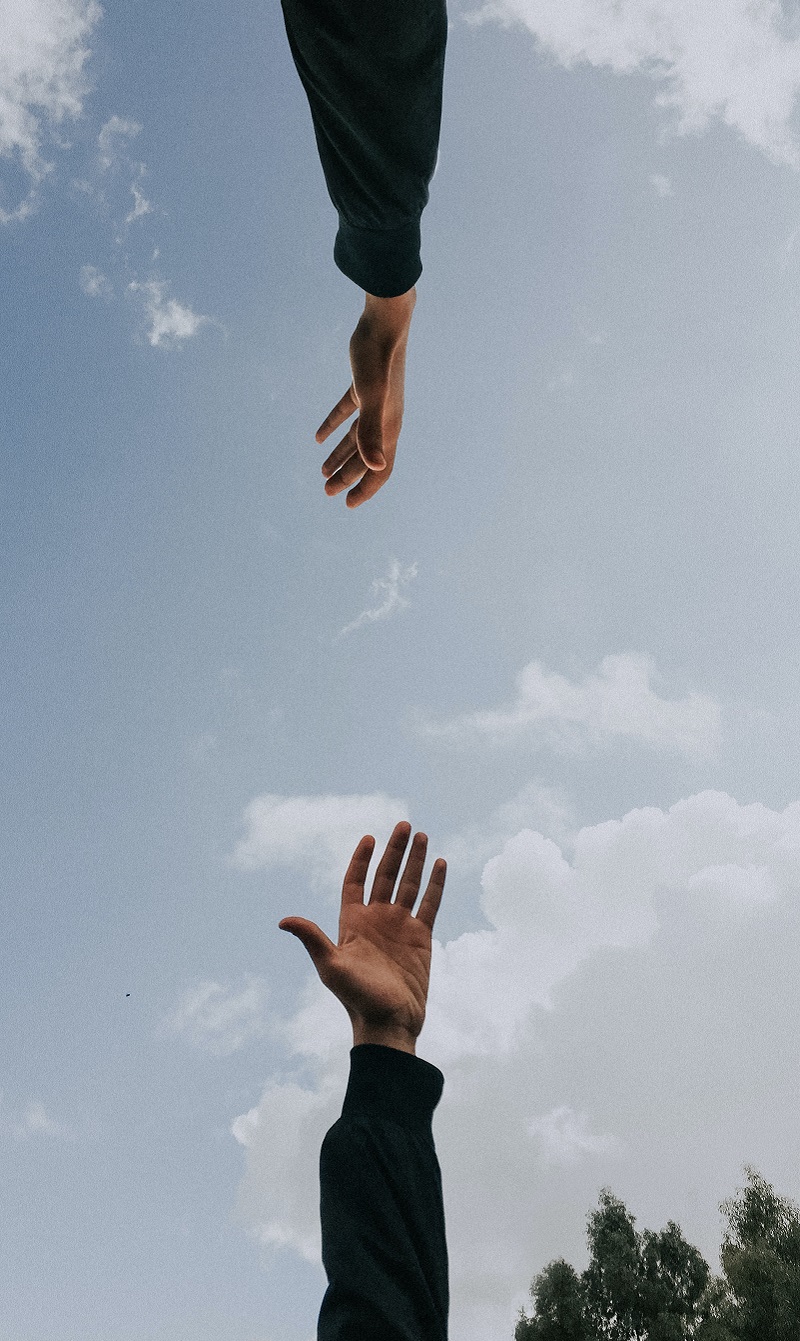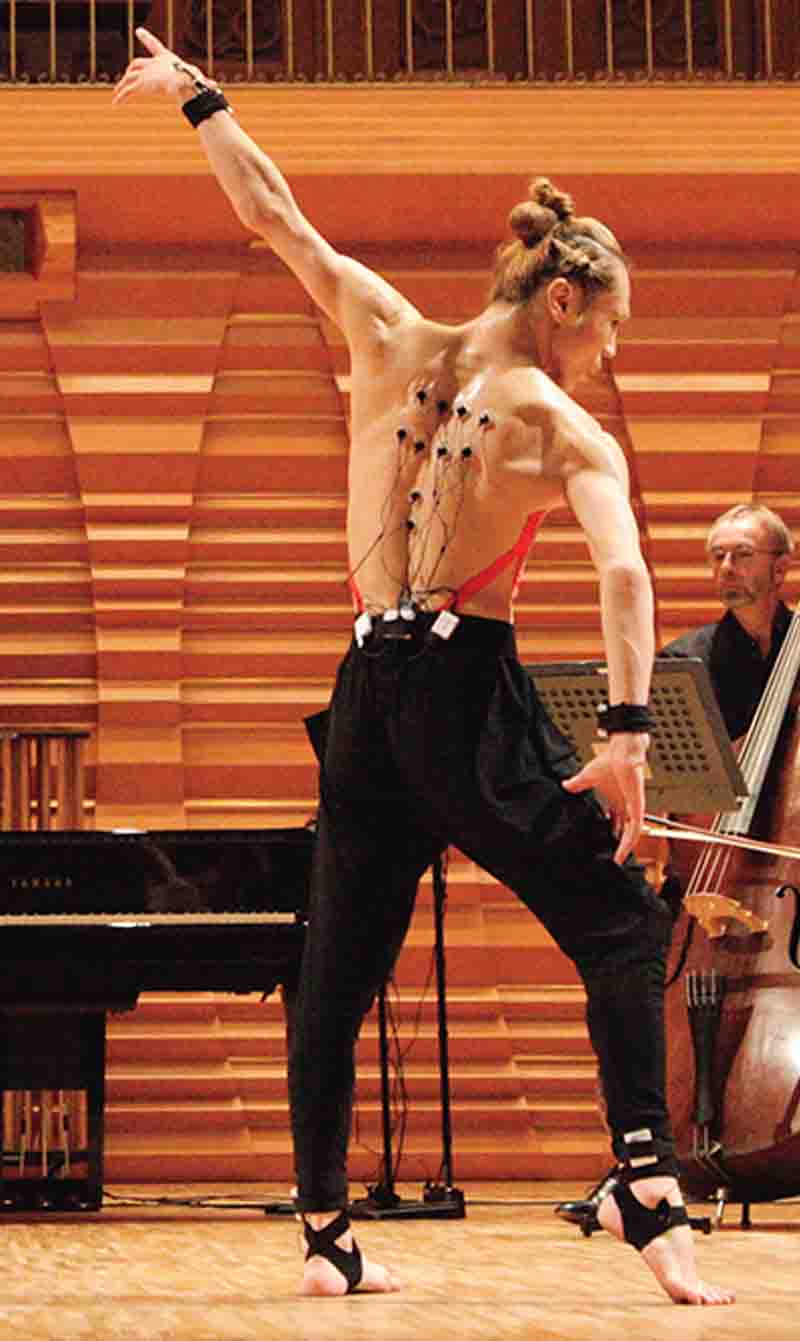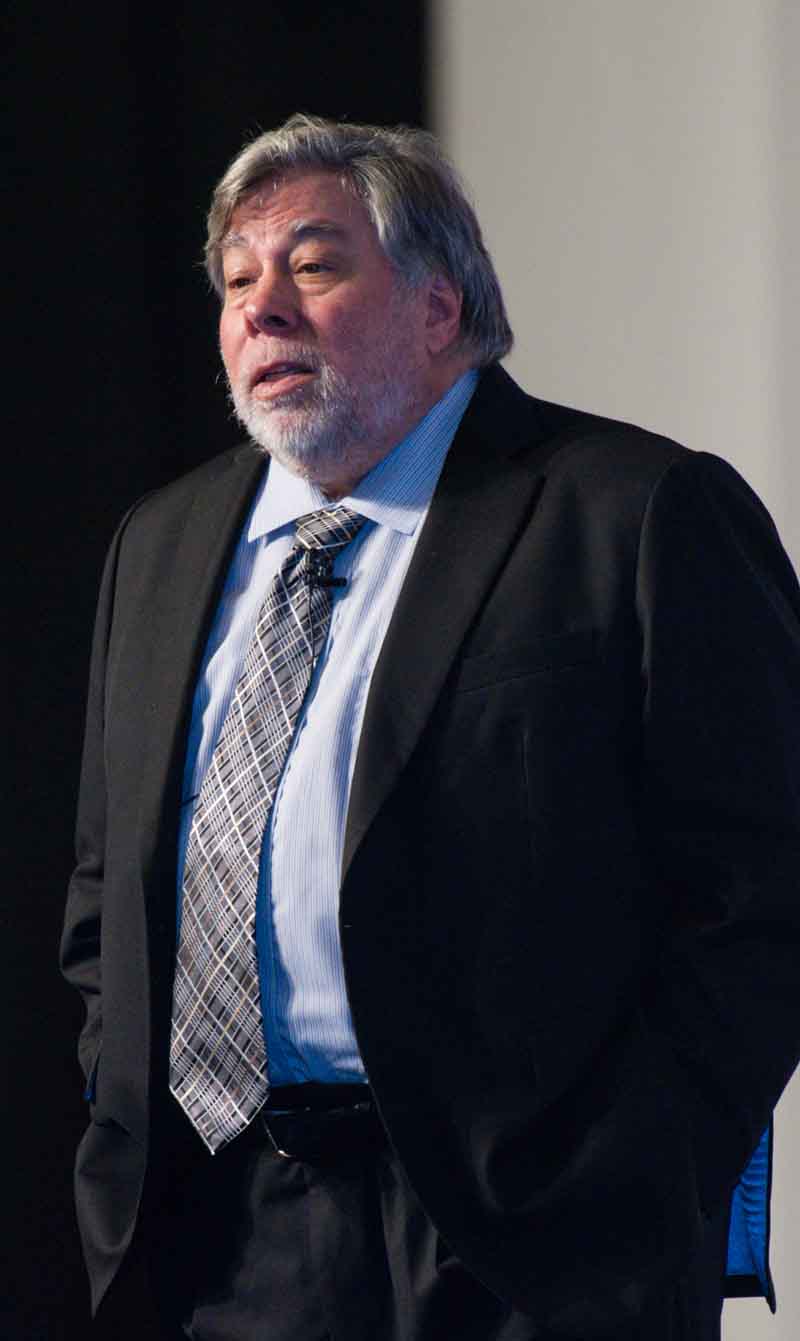Catalysing the growth of ASEAN’s startup ecosystem
How can ASEAN countries build an ecosystem that will support the growth of successful startups in the region? What challenges do our entrepreneurs face, and how can other ecosystem players best meet their needs? To get a sense of what a startup ecosystem looks like, the Rice Bowl Startup Awards (RBSA) is a good place to begin. Launched last year in Malaysia, the RBSA recognises those who have significantly impacted the startup community—not just the outstanding entrepreneurs but also investors, journalists, mentors and other individuals and organisations.
This year, thanks to RBSA’s partnership with the Global Startup Awards, Malaysia’s ecosystem gets to compete with the world’s best. RBSA Chairman Lilyana Latiff is confident that this exposure will “elevate capabilities and skills in this part of the world.” Ecosystem players help entrepreneurs build sustainable businesses by bridging gaps, with innovation being a case in point: often, it takes the insights and resources of an ecosystem player to help a struggling entrepreneur realise that innovation is the missing ingredient, or that innovation, far from being just about an infusion of technology, can in fact take many forms.
To understand how ecosystem players interact with one another, one might look to Silicon Valley, which is still the gold standard of ecosystems. But for ASEAN countries hoping to build their own, this is where things get complex: should we really be aiming to duplicate Silicon Valley?
Going local
Ashran Dato’ Ghazi, who is CEO of the Malaysian Global Innovation & Creativity Centre (MaGIC), acknowledged that true entrepreneurs all over the world shared the same spirit, the same “itch to solve problems. You can’t stand seeing problems and you want to do something about it. And you actually will do something about it.”
But entrepreneurs solve problems in many different ways, and what applies in Silicon Valley may not hold true in ASEAN. “Let’s not be too absorbed with what happens in Silicon Valley,” Ashran cautioned. “We could take the essence and learn from it, but the context, the localisation — culturally, everything [here] is different. The dynamics are actually different.”If it is true that ASEAN is not Silicon Valley, it is also true that each ASEAN country is unlike any of its fellow members. Diversity is one of ASEAN’s strengths but it also poses a challenge. What can be done to bring the various ASEAN startup communities closer together?
In a space as diverse as ASEAN, a regional awards programme can go a long way towards building a common ethos of excellence, fostering an environment of healthy competition and increasing intra- ASEAN interaction.
In this regard, the RBSA is a timely development. The RBSA is organised by Malaysia’s New Entrepreneurs Foundation (myNEF), which supports the work of MaGIC by enabling startups through accelerator programmes, technology advice, training programmes and more.
“This year we get to do Rice Bowl in 10 different countries in Southeast Asia,” said Lilyana, who is also myNEF’s CEO. In the Philippines, for example, RBSA is partnering with A SPACE, the network of co-working spaces founded by Matt Morrison. “And then there’s the big one, in Kuala Lumpur, in partnership with the Global Startup Awards. So startups in Southeast Asia now get to compete at the global level and be recognised as part of the global community of entrepreneurs.”
According to Lilyana, the Rice Bowl Startup Awards were so named because in the region, “rice is our bread and butter.” The catchy name reinforces the fact that Silicon Valley is very far away, and ASEAN is unique, with its own markets, regions and ways of solving problems.
The Global Startup Awards, now in their fifth year, share the same philosophy. “One reason why we started the Awards,” founding partner James Digby said, “was to recognise regional efforts. We didn’t need to look towards Silicon Valley to say ‘you’ve made it, you are doing well.’”
Connecting the dots
Moderator Sathyvelu Kunashegaran asked whether ASEAN entrepreneurs really needed anything from the ecosystem. Should everyone clear out and leave startups, investors and customers to do what they do best?
Ashran believed in adopting a balanced view on what entrepreneurs could achieve on their own.
“My observation is that while startups generally have brilliant ideas, there tends to be a lack of depth in knowledge. This could be bridged or facilitated or accelerated via a network of cooperation.”
One such connection, between startups and corporates, could help connect startups with demand-based innovation. Such cooperation could also see “innovation at corporates [being] driven by startups based on demand that they see within their sector,” said Ashran.
Lilyana agreed that many young entrepreneurs needed guidance: “We are looking at founders who are aged 22, 23. They have big dreams but they might not have the network. Ecosystem players come in with knowledge, coaches and mentors. We accelerate your business so that you don’t make the mistakes older entrepreneurs have made.”
As with other ecosystem components, entrepreneurs and investors may share ASEAN aspirations and yet misunderstand one another. “Investors are always coming back to a startup and saying, ‘You are just operating nationally. Can you harness Southeast Asia’s 640 million people?’ But when we go down to the ground, shipping is a huge cost. We need to make it easier for people to ship and go through customs. Then you will see the trade happening,” she said.
Other ecosystem players must stand ready to help entrepreneurs brave enough to dream big. “When our health and wellness company PurelyB went online, they immediately started selling to Hong Kong, Singapore, Indonesia and Australia,” Lilyana said. “We went through a lot of pain trying to make it happen because there were currency issues, shipping issues, customs issues, distribution issues.” The RBSA, she said, is in a position to discuss these matters.
MaGIC, whose vision is to make Malaysia the startup capital of Asia, believes that there is a need for matchmakers and catalysts. Its stated mission is to “bring together the abundant resources from partners and communities alike.”
Ashran said that there was a need to “connect the dots” and singled out innovation as a key area where startups needed guidance. This was precisely the focus of MaGIC: “The whole goal is to actually look at how innovation and creativity can help spur entrepreneurs further,” he said, emphasising that innovation that added value was essential to ensuring that a business could differentiate itself in a crowded space and remain sustainable.
Innovation wasn’t just about technology, either. Citing the example of an entrepreneur that MaGIC had worked with, Ashran said: “She doesn’t just sell shoes. She allows you to customise your shoes and then she delivers them to you. If she were just selling shoes online, she would be no different from any of the gazillion online shoe stores out there.”
Connecting entrepreneurs
Given the preponderance of tech firms in the startup space, it is natural to think of the ecosystem in virtual terms. Sometimes, however, the best thing a catalyst can do is facilitate a connection in a physical space.
Matt Morrison is the founder of A SPACE, the largest network of co-working spaces in the Philippines.
“When we first started a few years ago, there were two spaces in the entire city of Manila. Now, there are about 20 spaces.
The space and the co-working site are indicative that more people are collaborating; more money is flowing in; more ideas are flourishing. So I expect that, next year, you are going to see more accelerators and more incubators putting down roots in the Philippines.” Locally, at least, co-working spaces are not just a barometer of entrepreneurial activity—they are also a catalyst, and it will be interesting to see how the concept plays out in a regional space such as ASEAN.
Morrison’s insights on co-working spaces also highlighted another important point: if matching entrepreneurs with resources is what many ecosystem players do, all players should remember that, often, what an entrepreneur needs most is another entrepreneur. Copenhagen-based James spoke about the regular gatherings of startups organised by Copenhagen for the Win (CPHFTW). They have now spread to Stockholm, Oslo, and Finland. Beyond enabling the entrepreneurs to update themselves on information about events and one another’s activities, the gatherings are about “this community feeling of coming together as startups, as entrepreneurs together, locally.
These community efforts are important because it’s not from the top down anymore. It’s not an NGO or organisation saying you should do X, Y and Z. It’s actually your colleagues, your friends, saying: ‘Actually I had that problem, why don’t you look at doing this, this, and this?” James added.
Is there no place for top-down involvement? Ashran, who noted that MaGIC was in fact a government agency, believed that both top-down and bottom-up were essential for a successful ecosystem. “The balancing act is really important and what’s required is essentially the right sense of pulse to be able to get the right balance,” he said. Lilyana echoed Ashran’s view on achieving a balance.
“In Malaysia there is a lot of top-down, which is great. It means we have a very supportive government for a lot of the efforts that we see with entrepreneurship. But bottom- up is also important because we know the numbers on the ground.”
Interestingly, to do its part, MaGIC itself had to first achieve its own internal balance. As Matt remarked to Ashran: “You guys had to really change the culture, from being a government agency to matching the pace in the aspirations of the communities.”
The process was “not without pain,” said Ashran, but it clearly had to be done. As a government agency that wants to move on strategic initiatives that require intervention, MaGIC could have chosen to engage with NGOs or organisations purporting to represent the community, but then “you really have to assess whether they are really representative of the communities being addressed.” MaGIC needed to fully engage with entrepreneurs directly, and to do so, it had to be able to move at their speed.
Matt’s observations of recent developments in the Philippines appear to support this. While the government there has shown interest in supporting entrepreneurial efforts, “largely speaking, the incumbents and the government were playing catch-up trying to figure out who the community was… They recognised that all of this actually was happening at their doorstep, but they weren’t really serving it, or inspiring it, or nurturing it.” Matt acknowledged that there were some very creative minds in government, one example being Senator Bam Aquino who has been trying to sponsor a startup roadmap to reduce the friction in starting a business.
___________________
This is based on a session in the 12th WIEF in Jakarta, Indonesia.





